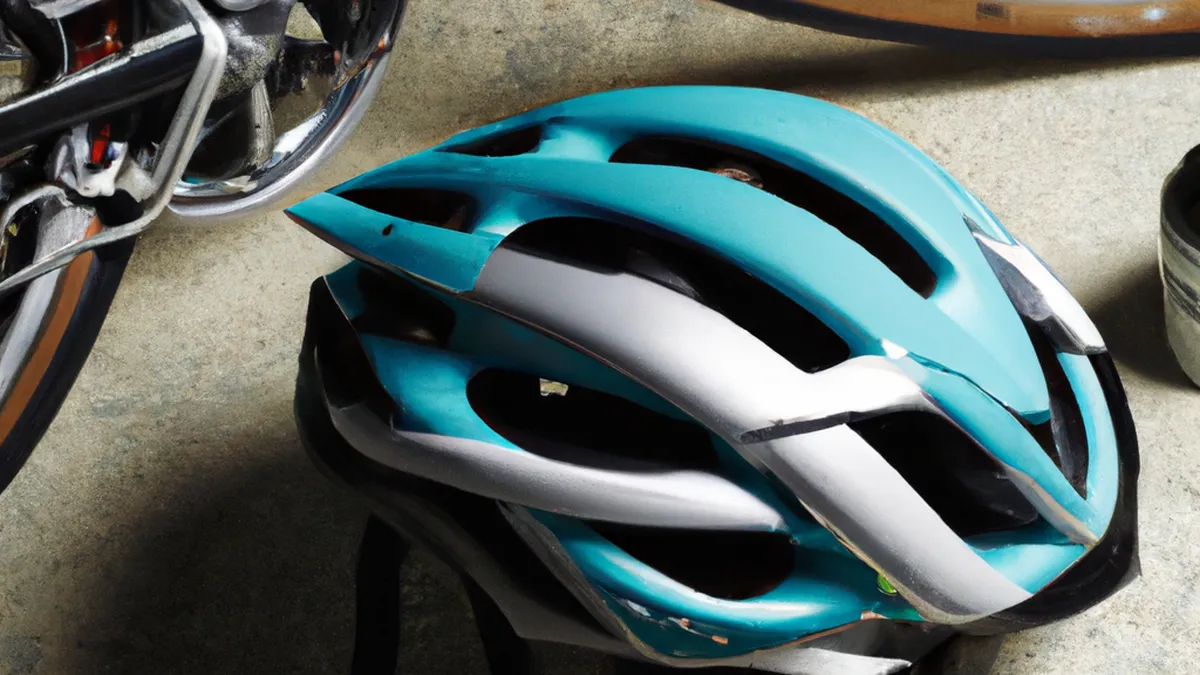Pain-Free Cycling: Essential Tips
Common Cycling Injuries and PreventionCycling keeps you fit and allows outdoor exploration. However, it can lead to injuries. Knowing common cycling injuries and prevention methods helps you ride safely. This post covers prevalent injuries, prevention tips, and safe cycling benefits.
Common Cycling Injuries
Many cyclists sustain injuries. Recognizing these injuries helps you identify symptoms early and respond effectively.
1. Knee Pain
Knee pain often arises from improper bike fit or overuse. The repetitive motion of cycling strains the knees. An incorrect saddle height can lead to discomfort and injury. Poor pedaling form, like excessive force or incorrect muscle engagement, can worsen knee pain.
Symptoms:
– Sharp or aching pain around the knee joint- Swelling or stiffness in the knee
2. Lower Back Pain
Many cyclists experience lower back pain, particularly on long rides or with improper posture. A poor riding position strains muscles, causing discomfort. Weak core muscles may fail to support the spine, leading to pain.
Symptoms:
– Dull ache or sharp pain in the lower back- Pain worsens with prolonged sitting or riding
3. Wrist Pain
Wrist pain results from pressure on the hands while cycling. Rough terrain and a tight grip on handlebars exacerbate this issue. The repetitive motion can strain the wrist and forearm muscles.
Symptoms:
– Pain or discomfort in the wrist or forearm- Numbness or tingling in the fingers
4. Neck Pain
Cyclists often lean forward, straining neck muscles. This position is common during long rides or aggressive racing. Poor neck posture can lead to chronic pain over time.
Symptoms:
– Stiffness or sharp pain in the neck- Headaches from tension in neck muscles
Tips for Injury Prevention
As an Amazon Associate I earn from qualifying purchases.
Gear tip: consider bike helmet, cycling shoes, and bike computer to support this topic.
Preventing injuries enhances your cycling experience. Here are effective strategies to keep you safe.
1. Proper Bike Fit
Ensure proper bike fit to prevent injuries. Adjust your saddle height for a slight knee bend at the pedal’s lowest point. Set handlebars to a comfortable height. Keep your back straight and elbows slightly bent while riding. Consider a professional bike fitting for personalized adjustments.
2. Strength Training
Engage in strength training to support your cycling. Focus on core and leg exercises to enhance stability and endurance.
Conclusion
Understanding common cycling injuries and prevention strategies promotes safer riding. Prioritize bike fit and strength training to enjoy your cycling experience.
Below are related products based on this post:
FAQ
What are the common cycling injuries?
Common cycling injuries include knee pain, lower back pain, wrist pain, and neck pain. These injuries often arise from improper bike fit, overuse, or poor riding posture. Recognizing these injuries early can help cyclists respond effectively to symptoms.
How can I prevent knee pain while cycling?
To prevent knee pain, ensure your bike is properly fitted with the correct saddle height. Additionally, maintain good pedaling form and avoid excessive force during rides. Regularly check your bike adjustments to accommodate any changes in your body or riding style.
What role does strength training play in cycling injury prevention?
Strength training is crucial for enhancing stability and endurance while cycling. Focusing on core and leg exercises can help support your body and reduce the risk of injuries. Incorporating strength training into your routine complements your cycling efforts and promotes overall physical health.















Post Comment